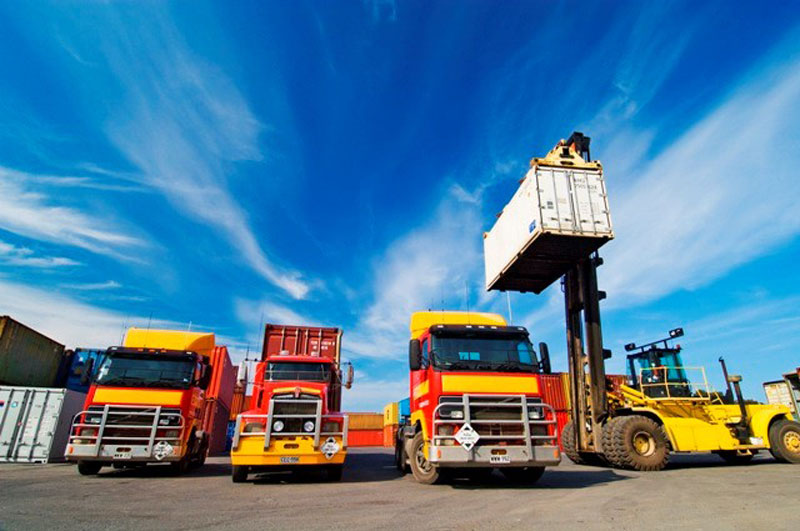Weighing continues to be an important aspect in any industry to collect information on the incoming and outgoing weight of materials. This helps them adhere to rules and laws that revolve around how much weight a vehicle can carry. One way industries are addressing this issue is by investing in a truck scale. However, before making such a big investment, there are certain things that you need to consider.
Ten Things You Need To Consider Before Installing Truck Scales
- Determining The Type Of Truck Scale
There are different kinds of truck scales that can be installed. Evaluate your requirements; consider your site and what kind of vehicles will use the scales. Based on these points, you can choose from either surface-mounted or pit-mounted scales. Platforms can be mounted above the ground that can be accessed by ramps or pit-mounted if the driving surface is at the same level as the surrounding surface.
- Performing A Site Survey
Before you go ahead with the installation, it is important to look at the plan of the area where the scales have to be placed. Check how the different factors of the site will affect the scales or if any physical changes have to be done on the site before the implementation. For example, check if the foundation of the pit requires any more work before installing the pit-mounted scales.
- Handling The Required Permissions
Review your project with the local authorities and look into all the permissions you need. Understand what is required from your end and check if the criterion for construction codes, zoning permits, electrical codes etc. is being fulfilled. Generally, truck scales are classified as a mobile plant, due to which no special planning permissions are required. Regardless, check what the permission rules of your organization are and approach it accordingly.
- Leave Comfortable ‘Maneuvering Space’
The size and length of the every truck are different and the curvature of each truck’s turning radius will vary. Position the scales in such a manner that even the longest vehicle has room to turn with ease and drive over the scales without causing any damage to the scales or itself. If you don’t leave enough room for trucks to enter a surface-mounted weighbridge properly, there may be traction problems if the ramps are too steep.
- Addressing An Incline
Many think that truck scale installation is possible only on a level surface, but modern-day scales are designed for easy installation on an inclined surface as well. They can weigh accurately as long as weigh bars or load-cells are vertically installed. Depending upon the design of the scale and its type, its maximum inclination can be determined.
- Length And Width Requirements Of Scales
Consider the length of the truck scales upon which the wheels will rest. There is no need to measure the total length of the vehicle; just measuring its wheelbase would be enough since only the wheel needs to be on the scale to carry on the weighing process.
- Focus on Health and Safety Aspects
Ensure that you position the weigh scales in a low pedestrian area to minimize accidents or injuries. If you install the scales near the entrance gate or the exit, consider the traffic situation it may cause. Ensure there are no instances of congestion or traffic at the gates and its adjoining roads. If the trucks have to weigh before they exit, your plans should include a design that allows the vehicles to get on and off the platform easily. If there is a wheel washer, make sure that the scales are at a good distance so that the driving surface isn’t constantly wet.
- Automate the Truck Scale
Automation will allow higher efficiency and productivity as the drivers can complete weighing transactions without leaving their vehicles at any point. It helps in lowering the operating costs in addition to extending the hours of availability.
- Truck Scale Is Fit For Purpose
Make sure that the scales you install are fit for the purpose you intended for. If you have heavy vehicles such as cranes, large forklifts or front loaders in your fleet, there are good chances of their axle load exceeding the truck scale’s maximum axle load and gross capacity. If it’s a surface-mounted scale, then it may be impossible to even access the scale. Consider those scales that would be suitable for all your vehicles.
- Protect your investment
Just investing in the best scales isn’t enough. Protect your investment through a ‘service and maintenance’ contract that will assure truck scale calibration, aid in maximizing uptime, minimize downtime and ensure that it operates at its peak performance. Associate with the best service providers to give your scales a long life.
Once you evaluate these ten points carefully, you will have a better idea of which scales to invest on.
Author Bio:
Kevin Hill heads up the marketing efforts and provides technical expertise to the company Quality Scales Unlimited in Byron, California. He enjoys everything mechanical and electronic, computers, the internet and spending time with family.







